How Advanced Cross vCenter vMotion works
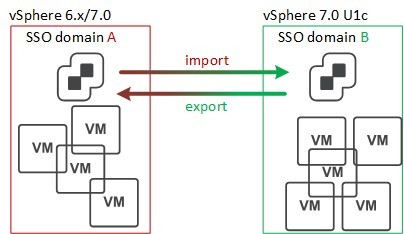
This post is about a new feature in vSphere 7.0 U1c: Advanced Cross vCenter vMotion (XVM). It is similar to Cross vCenter vMotion with a main difference.
What is Cross vCenter vMotion about?
First, there is a difference between Cross vCenter Server vMotion (xvMotion) and XVM. xvMotion was already introduced (and supported) to migrate VMs between vCenters within the same Single Sign-On (SSO) Domain in vSphere 6.0. With XVM it is possible to migrate VMs between vCenters in different SSO Domains!
XVM is not completely new. Actually it exists for about 5 years as a fling. Now it is introduced in the latest version of vSphere: 7.0 U1c (notice the “c”!)
How does it work?
Basically two directions exists: (1) Migration to vCenter 7.0 U1c and (2) Migration from vCenter 7.0 U1c. Whereby both vCenters can run version 7.0 U1c of course.
To vCenter 7.0 U1c (Import)
For demo I use vCenter 6.7 U3 as source and a 7.0 U1c vCenter as destination. To start the wizard, right click the resource, you want to move VM(s) to and select Import VMs.
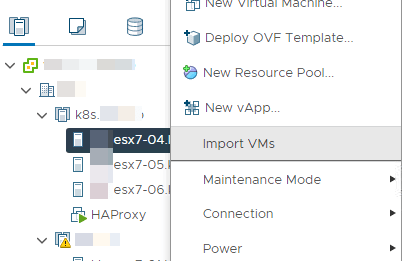
Provide data of source vCenter.
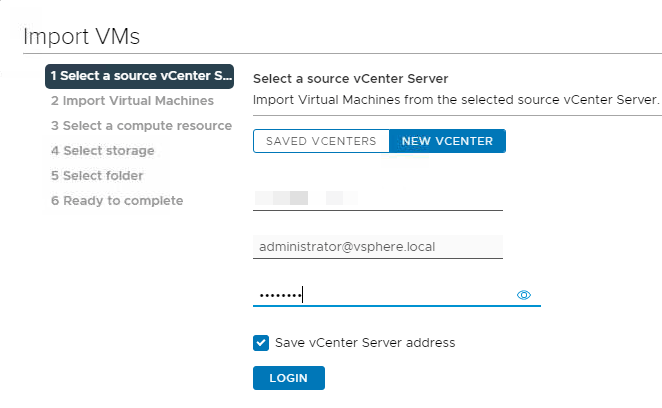
And press Login. When credentials work, you get a green banner.

vCenter and credentials are saved (when enabled) and can be selected at later migrations. Saved vCenters seems to be available until the next reboot of the VCSA.
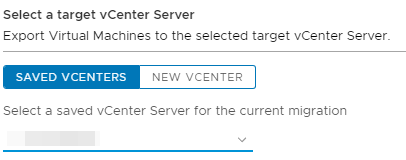
In next step, select VM(s) you want to migrate.

The rest of the wizard is near the same as for every vMotion respectively Storage vMotion. Just at tab Select Network could be an issue! This is not XVM specific, it is vSphere 7 specific. Since than default network port-group security policies have changed:

These settings must be the same for source and destination, otherwise you get a compatibility error and you cannot continue.

["Currently connected network interface" 'Network adapter 1' cannot use network 'VM Network’, because "the destination network on the destination host is configured for different offload or security policies than the source network on the source host".]
Migration itself is straightforward and very similar to normal vMotion processes. You see in each vCenter a running task.


From vCenter 7.0 U1c (Export)
When the VM(s) you wish to migrate with XVM are in vCenter 7.0 U1c, you start the VM Migration wizard.
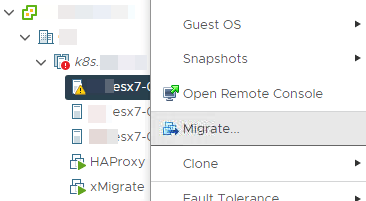
And choose Cross vCenter export.
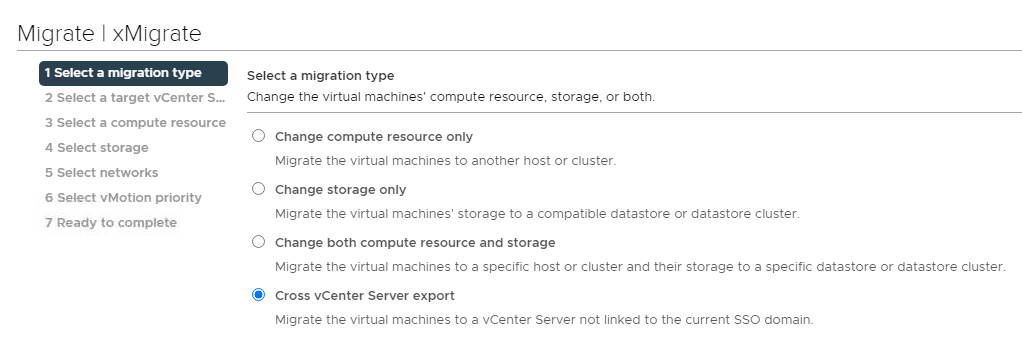
The rest of the wizard is like the Import or the normal Storage vMotion wizard.
Important Notes
- Migration uses vMotion vmkernel Ports like normal vMotion. So source and destination host must be able to communicate using vMotion ports. In my testing it was even necessary to use TCP/IP Stack vMotion on both sides!
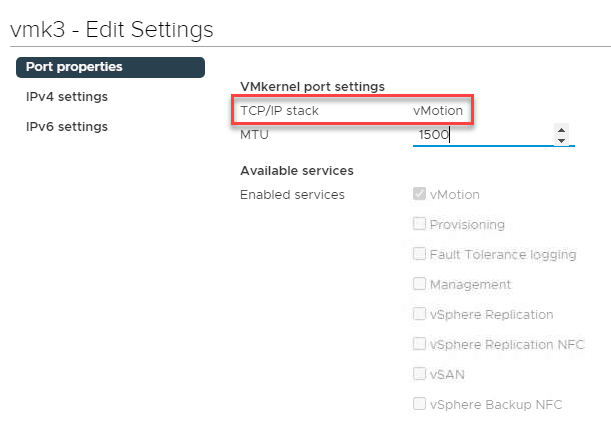
- MAC-Address stays the same after XMV.
- vSphere 6.7

- vSphere 7.0

- Keep in mind, duplicate MAC addresses could occur.
- vSphere 6.7
- vCenter’s MoRef-ID for the VM changes with XVM! This is quite clear because the destination vCenter creates a new one for each new VM. But InstanceUUID stays the same.
- vSphere 6.7

- vSphere 7.0

- See here more information for changed Ids with XVM
- vSphere 6.7
- Keep in mind to add VM(s) after migration to backup again!
- Keep also EVC mode in mind. It could cause trouble otherwise.


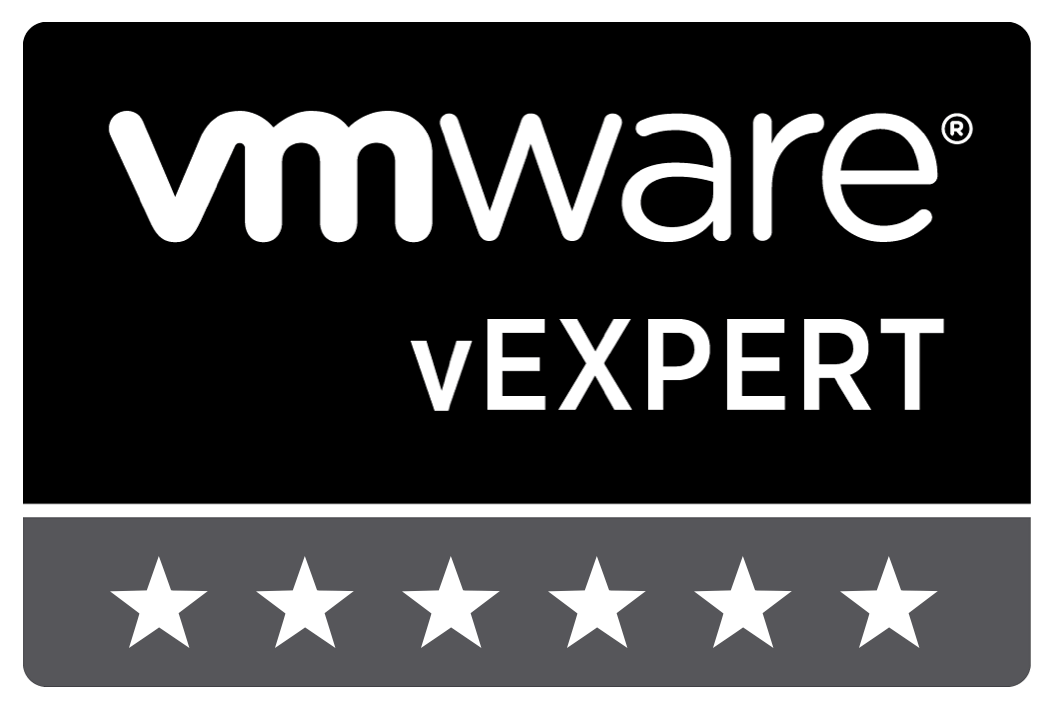
HI,
Great post.
I have some question.
What if Vmotion networks are different ? Traffic can be routed ? Same qustion for Vcenter address/network
Source network can also be present on destination with same VLAN ? Can we change ?
Honestly, I did not test with routed networks. But routing for vMotion traffic is supported since some time. You have to place vMotion kernel port on vMotion TCP/IP stack (I mentioned this stack in my post too) to get this done. I am quite sure, this will work with Advanced Cross vCenter Server vMotion too!